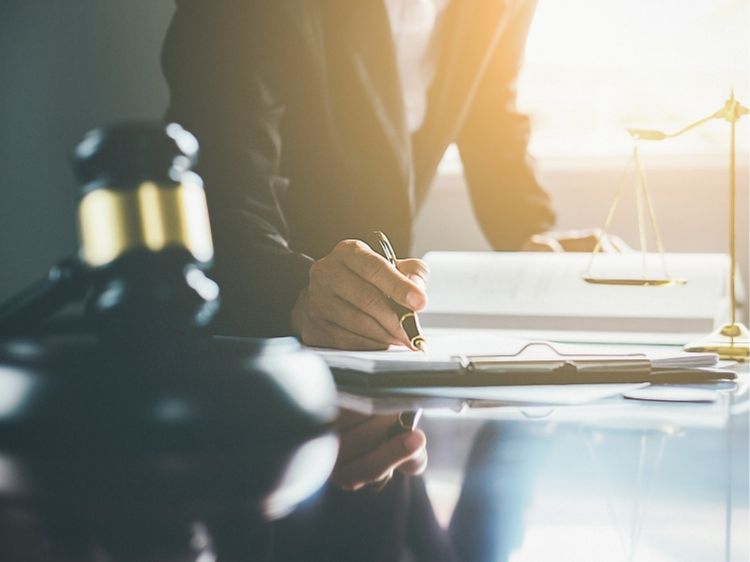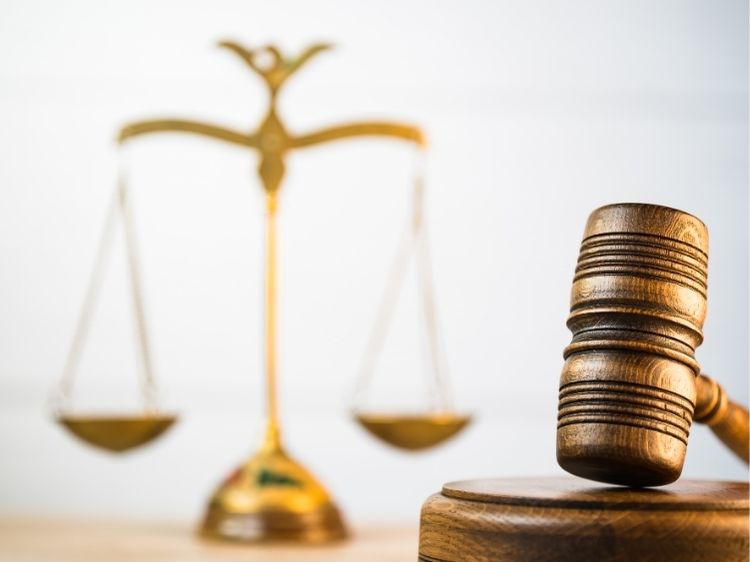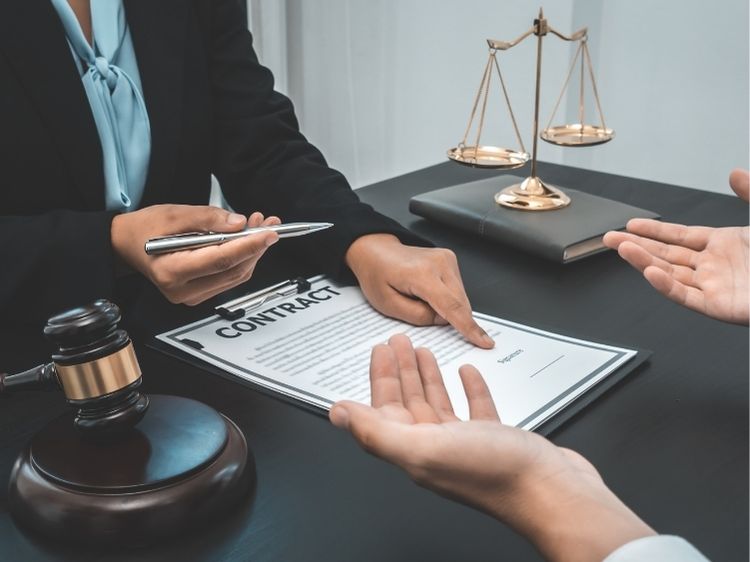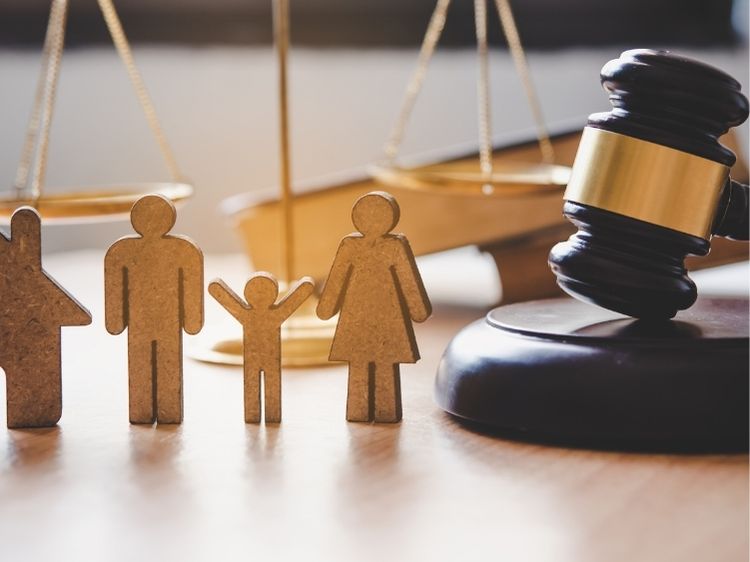Understanding Product Liability Negligence: What You Need to Know
When it comes to product liability, negligence plays a critical role. Imagine buying a product that should make your life easier or more enjoyable, only to find it causes harm instead. That’s where the concept of product liability negligence comes into play. But what exactly does it mean? How does it impact consumers and manufacturers alike? In this article, we’ll dive deep into the ins and outs of product liability negligence, explaining the key concepts, legal implications, and what it means for both consumers and businesses.
What is Product Liability Negligence?
Product liability negligence occurs when a manufacturer, distributor, or retailer fails to ensure that a product is safe for consumers. This lack of care can lead to injury or damage, holding the responsible party liable. The concept revolves around the idea that manufacturers have a duty to provide products that meet safety standards. When they breach this duty through carelessness or oversight, they can be held accountable for the harm caused.
Key Elements of Product Liability Negligence
To understand product liability negligence, it’s crucial to grasp the four key elements that must be proven in a legal case:
- Duty of Care: The manufacturer owes a duty of care to the consumer. This means they must take reasonable steps to ensure the product is safe for its intended use.
- Breach of Duty: This occurs when the manufacturer fails to meet the standard of care. For example, if a product is designed or manufactured improperly, leading to a safety hazard, this could be considered a breach of duty.
- Causation: There must be a direct link between the breach of duty and the injury sustained. In other words, the negligence must have directly caused the harm.
- Damages: The consumer must have suffered actual harm or injury as a result of the negligence. Without damages, there is no basis for a product liability negligence claim.
Examples of Product Liability Negligence
Let’s look at some real-world examples to bring this concept to life:
- Defective Design: A company releases a car with a faulty brake system. Even though the car passes initial tests, the design flaw makes it dangerous to drive, leading to several accidents.
- Manufacturing Defects: A batch of baby cribs is produced with weak slats, causing them to break easily. When a child is injured because of this defect, the manufacturer is held liable.
- Failure to Warn: A cleaning product is sold without adequate warnings about its potential hazards if mixed with other chemicals. A consumer suffers harm due to this lack of warning, leading to a negligence claim against the manufacturer.
Legal Implications of Product Liability Negligence
In legal terms, product liability negligence can have severe consequences for companies. Not only can they face lawsuits, but their reputation may also suffer, leading to a loss of consumer trust. In many cases, businesses might also have to pay significant compensation to the affected consumers.
For consumers, understanding their rights in such cases is essential. If you’ve been injured due to a defective product, you may be entitled to compensation. However, proving negligence requires thorough evidence, including the product’s defect, the injury sustained, and the link between the two.
How to Protect Your Business from Product Liability Negligence
For businesses, preventing product liability negligence starts with implementing robust safety measures. Here are some strategies to consider:
- Rigorous Testing: Ensure all products undergo thorough testing before they hit the market. This can help identify potential flaws before they cause harm.
- Clear Instructions: Provide clear and detailed instructions on how to use the product safely. This includes warnings about potential risks.
- Quality Control: Establish strict quality control processes to catch any manufacturing defects early on.
- Recall Protocols: Have a plan in place for recalling products if a defect is discovered after they’ve been sold. Prompt action can mitigate harm and reduce legal risks.
Frequently Asked Questions (FAQs)
What’s the difference between strict liability and negligence in product liability cases?
Strict liability doesn’t require proof of negligence. It holds the manufacturer responsible for any defects, regardless of care taken. In contrast, negligence requires proving that the manufacturer failed to exercise reasonable care.
Can I sue for product liability negligence if I didn’t suffer a physical injury?
Generally, you need to have sustained some form of injury or damage to bring a negligence claim. However, some cases may allow claims for emotional distress or financial loss.
How long do I have to file a product liability negligence claim?
The time limit, known as the statute of limitations, varies by state. It typically ranges from 2 to 4 years from the date of injury or discovery of the defect.
Conclusion
Product liability negligence is a crucial aspect of consumer protection, ensuring that businesses are held accountable for the safety of their products. Whether you’re a consumer seeking justice or a business aiming to protect itself, understanding the legal landscape is key. By staying informed and proactive, you can navigate the complexities of product liability negligence with confidence.



